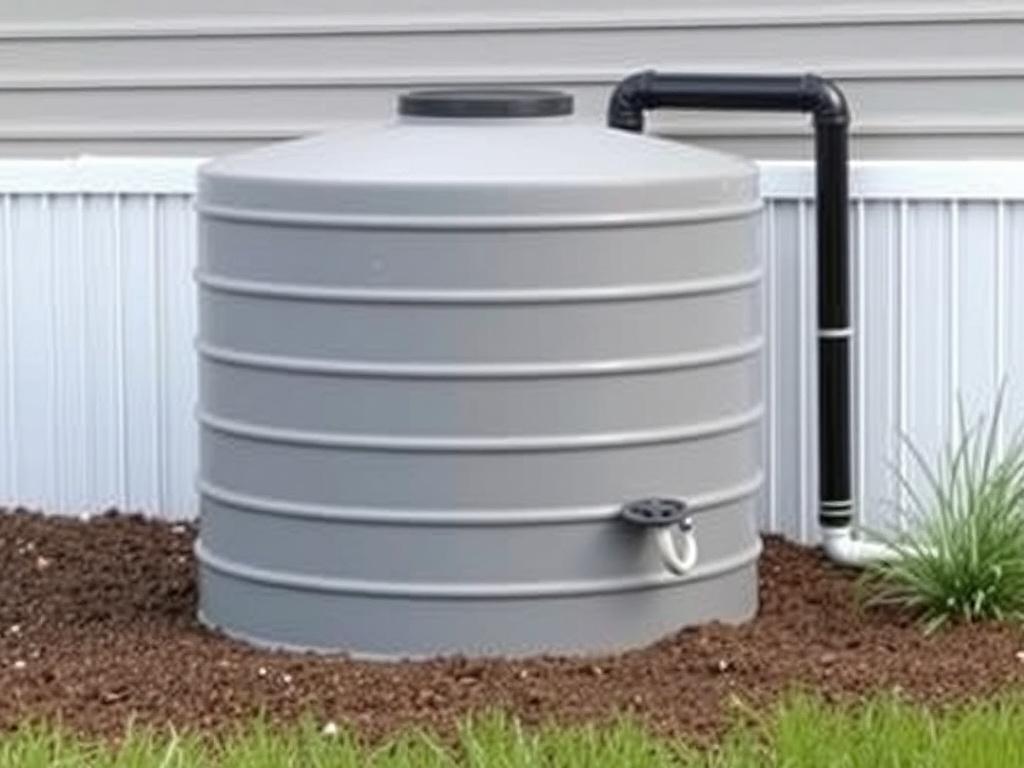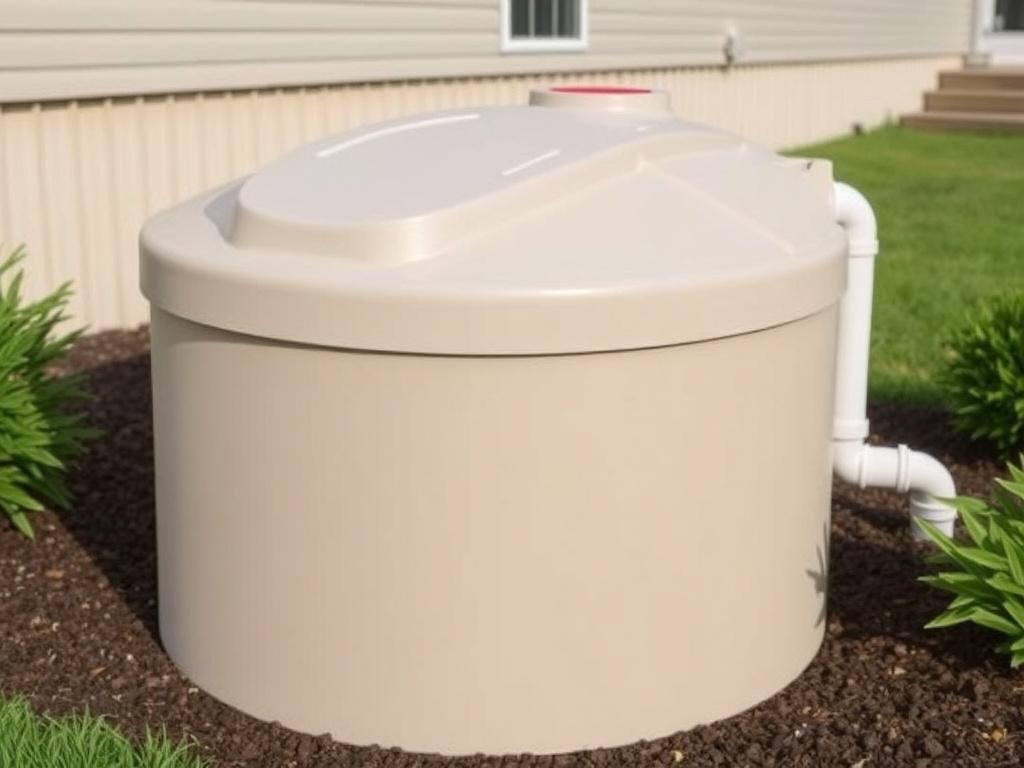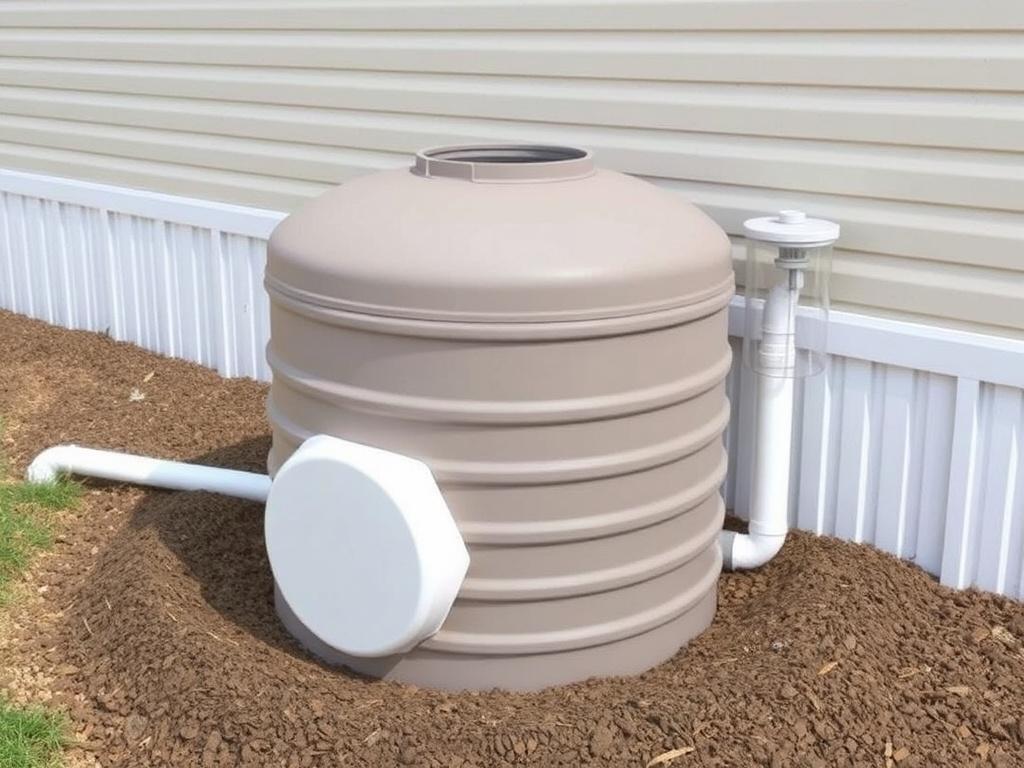When it comes to owning a mobile home, there are many things you need to consider to ensure comfortable and efficient living. One of the most critical components often overlooked is the septic tank system. A septic tank for a mobile home isn’t just a necessity; it’s a system that directly affects your home’s sanitation, health, and long-term maintenance costs. If you’re new to mobile home living or planning on upgrading your existing septic setup, understanding how septic tanks work with mobile homes is essential. In this article, we’ll dive deep into everything you need to know about septic tanks for mobile homes, from installation to maintenance, and common challenges to avoid.
- Understanding the Basics: What Is a Septic Tank?
- Why Do Mobile Homes Need Specialized Septic Tanks?
- Factors Affecting Septic Tank Size for Mobile Homes
- Common Types of Septic Systems for Mobile Homes
- 1. Conventional Septic System
- 2. Mound Septic System
- 3. Aerobic Treatment Unit (ATU)
- 4. Holding Tank
- Installation Process: What to Expect
- Maintenance Tips for Septic Tanks in Mobile Homes
- Regular Pumping
- Water Conservation
- Avoid Harmful Chemicals
- Protect the Drain Field
- Inspect Regularly
- Common Challenges and How to Overcome Them
- Space Limitations
- Permitting and Regulations
- Soil Conditions
- System Aging
- The Costs of Septic Tanks for Mobile Homes
- Environmental Considerations
- When to Replace Your Mobile Home Septic Tank
- FAQs About Septic Tanks for Mobile Homes
- Can I connect a mobile home to a municipal sewer system instead of using a septic tank?
- Do mobile homes use smaller septic tanks?
- How often should a mobile home septic tank be pumped?
- Can I install a septic system myself under my mobile home?
- What should I avoid putting down the drains to protect the septic system?
- Conclusion
Understanding the Basics: What Is a Septic Tank?

Before diving into specifics about septic tanks for mobile homes, let’s quickly break down what a septic tank is and how it functions. A septic tank is an underground container designed to collect, treat, and dispose of household wastewater. It’s a small-scale sewage treatment system typically used in rural or suburban areas where municipal sewer systems aren’t accessible.
When wastewater leaves your mobile home, it flows into the septic tank, where solids settle to the bottom, forming sludge. Grease and lighter materials float to the top as scum. The liquid in the middle, known as effluent, exits the tank into a drain field or leach field for further treatment by the soil.
Mobile homes typically rely on septic systems similar to those used by traditional homes, but with considerations for the home’s size, location, and water usage patterns. This means the septic tank for a mobile home might be different in size and design to accommodate its specific needs.
Why Do Mobile Homes Need Specialized Septic Tanks?

Some might wonder, “Is a septic tank any different for a mobile home compared to a regular house?” In many cases, the answer depends on several factors. Mobile homes are often smaller than traditional houses, which might suggest a smaller septic tank. However, installation requirements, soil conditions, and mobile home park regulations can influence the choice of septic system.
Another important distinction is that mobile homes may be placed in areas where sewer connections aren’t available or where space is limited, making septic tanks a practical, sometimes the only, option. Also, mobile homes often have lower water use compared to standard homes, but they might also have tighter setbacks and unique site challenges.
It’s crucial to select a properly sized septic tank and drain field designed for your mobile home’s specific needs to avoid costly repairs or system failures.
Factors Affecting Septic Tank Size for Mobile Homes
Choosing the right size septic tank for a mobile home depends on multiple factors:
- Number of bedrooms: More bedrooms generally mean more occupants and greater wastewater volume.
- Water usage: Mobile homes often have water-efficient fixtures, but habits vary.
- Local regulations: Some jurisdictions require minimum septic tank sizes regardless of home type.
- Soil permeability: Soil type affects how well the effluent can drain, impacting system design.
- Drain field size: Must be compatible with the septic tank size for balanced treatment.
Common Types of Septic Systems for Mobile Homes
While the traditional septic tank with a drain field is the most common system, alternative septic systems may also be suitable for mobile homes depending on conditions.
1. Conventional Septic System
This is the standard septic system many people are familiar with: a tank that separates solids and liquids, and an underground drain field that disperses the treated effluent. It’s cost-effective and works well if your site has suitable soil and space.
2. Mound Septic System
If your mobile home is situated on soil with poor drainage or a high water table, a mound septic system might be necessary. This system uses a raised mound of sand and gravel to filter the wastewater before it reaches the soil.
3. Aerobic Treatment Unit (ATU)
An ATU is a more advanced septic system that introduces oxygen to the wastewater, promoting faster and more thorough breakdown of organic matter. These systems are often used where space is limited or in challenging soil conditions.
4. Holding Tank
In some mobile home parks or temporary setups, a holding tank—essentially a large sealed tank without a drain field—might be used. This tank holds wastewater until it can be pumped out regularly but is not a permanent septic solution.
Installation Process: What to Expect

Installing a septic tank for a mobile home requires careful planning, adherence to local codes, and proper site evaluation. Here’s an overview of the process:
| Step | Description | Importance |
|---|---|---|
| Site Evaluation | Inspect soil, topography, and water tables to determine suitable septic type and location. | Ensures efficient wastewater treatment and system longevity. |
| System Design | Size tank and drain field based on home occupancy and site characteristics. | Prevents overloading and system failure. |
| Permitting | Obtain necessary permits from local health or environmental departments. | Compliance with laws and regulations. |
| Excavation and Installation | Dig the tank hole, install tank and piping, and prepare the drain field. | Proper installation prevents leaks and failures. |
| System Inspection | Final check by authorities to verify compliance and functionality. | Ensures safety and correctness before use. |
Maintenance Tips for Septic Tanks in Mobile Homes
Keeping your septic tank in good condition is key to preventing costly problems down the road. Here are essentials to keep your system running smoothly:
Regular Pumping
Septic tanks should be pumped every 3 to 5 years, depending on usage. Neglecting this step causes sludge to overflow into the drain field, leading to clogging and expensive repairs.
Water Conservation
Since mobile homes typically have smaller septic tanks, conserving water helps avoid overwhelming the system. Fix leaks, install water-efficient fixtures, and spread out laundry and dishwashing loads.
Avoid Harmful Chemicals
Don’t flush harsh chemicals, medicines, or non-biodegradable items as they disrupt the natural bacterial balance essential for wastewater breakdown.
Protect the Drain Field
Avoid parking vehicles or planting deep-rooted trees near the drain field. This prevents soil compaction and root intrusion, which can damage pipes.
Inspect Regularly
Check for signs of septic issues, such as slow drains, sewage odors, or soggy patches over the drain field, and address problems early.
Common Challenges and How to Overcome Them
Mobile home septic tanks may present unique challenges, but being aware helps you prevent or manage issues effectively.
Space Limitations
Some mobile home parks have limited land for septic tanks and drain fields. In such cases, alternative systems like aerobic treatment or mound systems are often the solution.
Permitting and Regulations
Local health departments may have strict rules governing septic systems in mobile home settings. Always check regulations early in the planning process to avoid delays.
Soil Conditions
Rocky or clay-heavy soil can hinder effluent drainage. Soil testing prior to installation ensures you select an appropriate system.
System Aging
Older mobile homes often have outdated septic systems or none at all. Upgrading or installing a new septic tank is a significant investment but critical for health and property value.
The Costs of Septic Tanks for Mobile Homes
Understanding the financial aspects can help you plan better. Here’s a rough breakdown of costs associated with septic tank systems for mobile homes:
| Cost Component | Estimated Range (USD) | Notes |
|---|---|---|
| Soil Testing and Site Evaluation | $200 – $800 | Necessary before installation. |
| Septic Tank Installation | $3,000 – $7,000 | Depends on tank size and system type. |
| Drain Field Construction | $1,500 – $5,000 | Varies based on soil and field size. |
| Permitting and Inspection Fees | $100 – $500 | Required by local regulations. |
| Regular Pumping and Maintenance | $200 – $400 every 3-5 years | Essential for system health. |
Environmental Considerations
Septic tanks for mobile homes must be managed responsibly to protect the environment. Poorly maintained systems can leak untreated sewage, contaminating groundwater and nearby water bodies. Selecting the right system and maintaining it properly minimizes environmental impacts and complies with regulations.
When to Replace Your Mobile Home Septic Tank
Like all septic systems, mobile home septic tanks have a limited lifespan, usually 20 to 40 years depending on usage and maintenance. Signs that it’s time for a replacement include:
- Persistent foul odors around the home or drain field.
- Slow draining fixtures and frequent backups.
- Wet or lush areas over the drain field, indicating leaks.
- Visible cracks or damage during inspection.
Replacing the septic tank proactively is often more cost-effective than emergency repairs or system failure.
FAQs About Septic Tanks for Mobile Homes
Can I connect a mobile home to a municipal sewer system instead of using a septic tank?
Yes, if your site has access to a municipal sewer system, it’s often simpler and cleaner to connect. However, many mobile homes are placed in rural or park areas where sewer service isn’t available.
Do mobile homes use smaller septic tanks?
Sometimes, yes. Because mobile homes tend to be smaller and house fewer people, septic tanks can be smaller, but local codes and water usage influence size requirements.
How often should a mobile home septic tank be pumped?
Generally, every 3 to 5 years, but this depends on tank size, number of occupants, and water use.
Can I install a septic system myself under my mobile home?
Due to the complexity and regulations, it’s highly recommended to hire licensed professionals for septic system installation.
What should I avoid putting down the drains to protect the septic system?
Avoid grease, coffee grounds, harsh chemicals, non-biodegradable items, and excessive amounts of bleach or disinfectants.
Conclusion
Septic tanks for mobile homes are a vital piece of the puzzle when it comes to managing wastewater efficiently, safely, and cost-effectively. Understanding the basics of septic systems, selecting the right size, choosing suitable types, and committing to regular maintenance can dramatically extend the life of your septic system and protect your home’s health and value. Whether you’re buying a mobile home, setting up on new land, or upgrading an existing system, paying attention to your septic tank’s design and care ensures peace of mind and environmental responsibility. Remember that septic systems are not one-size-fits-all, especially when paired with mobile homes, so always tailor your choices to your unique situation and follow local regulations. With the right knowledge and approach, your mobile home’s septic system can serve you well for decades.
Помогла вам статья?






